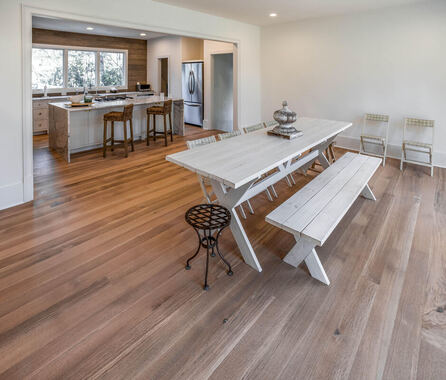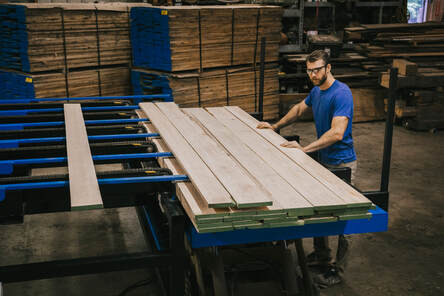A Growing Industry
Urban Wood Utilization Increases Along With Georgia’s Urban Population
Winter 2024
Special to the Georgia Forestry Commission
By Karin Pendley Koser

“It’s energizing to see the urban wood utilization movement gathering momentum. We’re partnering with colleagues from all over the nation, and especially the South, to share victories and challenges. By learning from each other, we can work out the obstacles.” — Seth Hawkins, Coordinator, Urban & Community Forestry Program, GFC

|
Georgia Forestry Magazine is published by HL Strategy, an integrated marketing and communications firm focused on our nation's biggest challenges and opportunities. Learn more at hlstrategy.com
|
